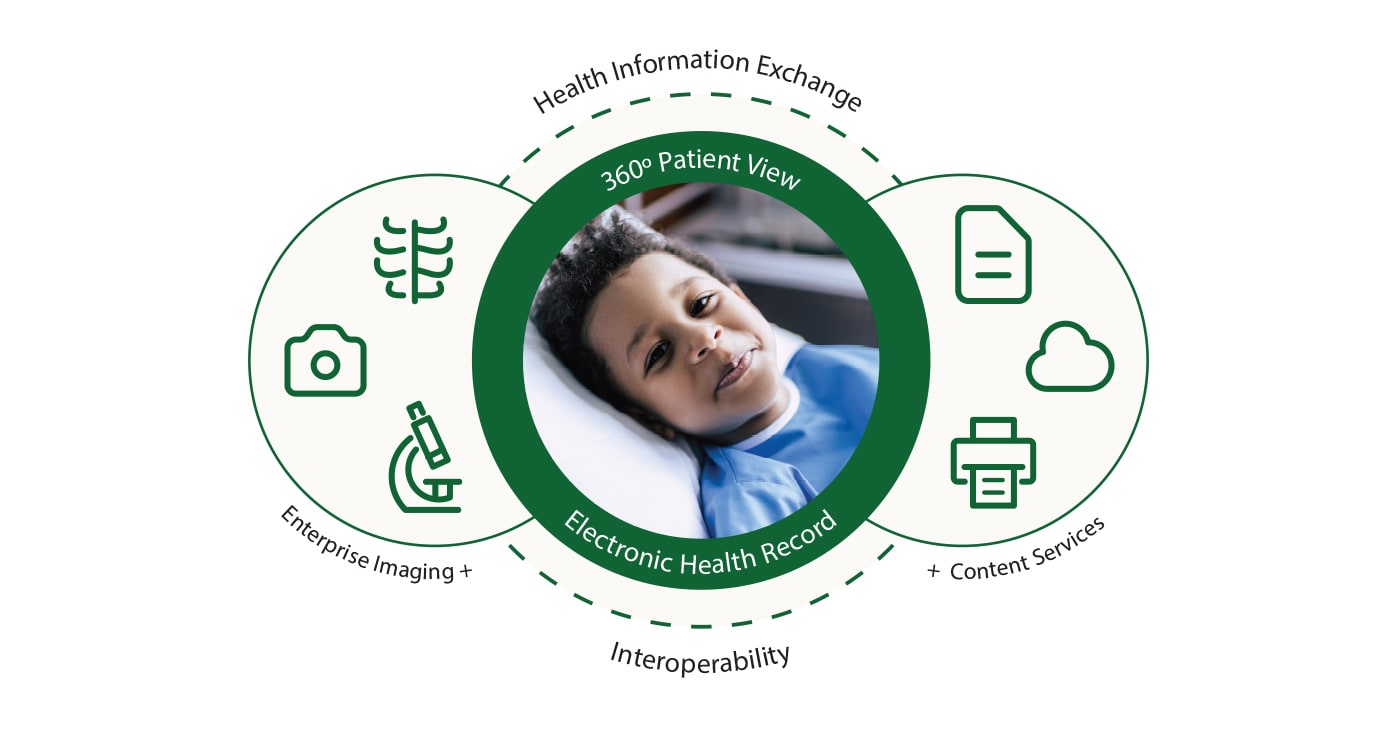Just How to Execute Healthcare RCM for a Smooth Earnings Cycle
Just How to Execute Healthcare RCM for a Smooth Earnings Cycle
Blog Article
A Comprehensive Guide on How Health Care RCM Works to Simplify Billing and Collections
Navigating the intricacies of healthcare earnings cycle monitoring (RCM) is critical for carriers intending to boost their billing and collections procedures. The overview unpacks the intricacies of RCM, from person registration to balance dues monitoring, using understandings into enhancing each action. Integrating sophisticated innovation and standard treatments can significantly reduce insurance claim rejections and increase payment cycles. Yet, the true obstacle depends on flawlessly combining these components to enhance capital. As we discover the core elements and methods that drive efficiency, one inquiry stays: just how can healthcare entities best placement themselves to flourish economically in an ever-evolving industry?
Comprehending Revenue Cycle Management
RCM is an important administrative feature that encompasses the whole monetary procedure of patient care, from the initial consultation establishing to the last payment of the balance. It is a complicated procedure developed to determine, accumulate, and handle the revenue from the services given to individuals.
The RCM procedure starts when an individual schedules a visit and prolongs with the individual's care trip, consisting of invoicing and collections. A key purpose is to minimize the time in between offering a solution and getting repayment, thus enhancing the organization's economic health and wellness. RCM entails different features such as person enrollment, insurance coverage confirmation, fee capture, coding, asserts submission, payment publishing, and handling denials and allures.
Trick Components of RCM
In the realm of Profits Cycle Monitoring (RCM), comprehending its vital parts is essential to attaining financial efficiency within healthcare organizations. RCM is a thorough process that includes different phases, each crucial to making sure effective billing and collections. The key parts include person enrollment, insurance coverage verification, charge capture, coding, case entry, settlement publishing, and receivable administration.


Once coded, insurance claims are submitted to payers, where precision is vital to stay clear of denials or delays - Healthcare RCM. Payment publishing includes tape-recording the obtained repayments, which permits for the reconciliation of accounts. Lastly, accounts receivable administration concentrates on monitoring and addressing unpaid cases, ensuring timely follow-up and resolution
Each part of RCM is adjoined, and ineffectiveness in any component can disrupt the entire cycle. As a result, understanding these elements is important for medical care suppliers to optimize revenue and boost their financial health and wellness.
Strategies for Reliable Billing

Systematizing invoicing treatments across the organization is an additional vital technique. Developing clear standards for paperwork, coding, and submission assists maintain consistency and conformity with governing demands. Educating team frequently on these treatments makes certain everyone is current with the current changes in payment codes and payer plans.
Accurate charge capture is vital in protecting against income leak. Carrying out regular audits and monitoring systems enables the recognition and modification of discrepancies prior to they influence income. Furthermore, preserving open lines of communication with payers helps to promptly resolve any type of disagreements or misunderstandings that may develop.

Lastly, engaging patients early in the billing process by offering clear quotes and educational materials regarding their financial obligations can significantly reduce confusion and enhance payment timeliness. These strategies jointly add to an extra financially healthy and reliable payment system.
Enhancing Collections Procedures
A durable collections process is essential for maintaining economic security within medical care organizations. Given the intricacies of clinical payment and the variety of payer demands, enhancing the collections procedure includes executing calculated measures that ensure exact and prompt payment of services rendered. Central to this is the use of innovation to automate and streamline procedures, boosting and minimizing hand-operated mistakes performance. Automation devices can help in tracking insurance claim statuses, sending prompt suggestions to individuals, and taking care of rejections better.
Educating staff to comprehend the subtleties of insurance plan and invoicing codes is similarly important. This knowledge empowers them to attend to billing disparities quickly and connect effectively link with individuals concerning their financial responsibilities. Furthermore, transparent and clear patient interactions are critical. Giving in-depth descriptions of fees and supplying flexible layaway plan can enhance individual contentment and prompt payments.
Routine audits of the collections process should be performed to determine locations for improvement and ensure compliance with guidelines. By examining data, medical care organizations can recognize trends, anticipate potential issues, and adapt techniques as necessary (Healthcare RCM). Eventually, a well-enhanced collections process not only supports financial health but likewise adds to a more smooth experience for people and personnel alike
Optimizing Profits Streams
Building upon the foundation of a solid collections procedure, medical care organizations can better bolster their monetary stability by tactically maximizing profits streams. This includes a multi-faceted approach, beginning with a thorough evaluation of existing income resources to identify inadequacies and locations for growth. Using advanced information analytics devices enables companies to obtain understandings into payer mix, person demographics, and solution use patterns, enabling data-driven choices that improve income capture.
Executing automated invoicing systems can significantly decrease errors and expedite cases processing, ensuring that revenue is accumulated a lot more successfully. Furthermore, enhancing payer contracts via routine settlements can improve compensation prices and terms, directly affecting the bottom line. Diversifying solution offerings, such as integrating telehealth or health care, can also draw in a broader individual base, therefore enhancing profits capacity.
One more vital component is improving patient involvement and satisfaction, as satisfied individuals are most likely to stick to therapy strategies and make prompt repayments. Offering versatile settlement options and clear billing methods can boost collections and foster client commitment. Healthcare RCM. By taking on these approaches, health care organizations can create an extra resistant monetary structure, guaranteeing continual growth and security in an ever-changing market landscape
Conclusion
To conclude, medical care Earnings Cycle Management (RCM) plays a vital role in optimizing billing and collections procedures by incorporating vital click resources components such as my explanation person enrollment, insurance coverage verification, charge capture, coding, declares submission, and balance due management. By employing sophisticated innovation, standardizing procedures, and promoting client involvement, medical care suppliers can substantially lower claim rejections, accelerate repayment cycles, and boost capital. This extensive method to RCM inevitably leads to enhanced monetary effectiveness and sustainability for healthcare companies.
The RCM procedure starts when a patient routines a consultation and prolongs via the individual's treatment trip, including payment and collections.An additional crucial element is improving client interaction and satisfaction, as completely satisfied patients are a lot more likely to adhere to treatment strategies and make prompt repayments. Offering flexible settlement choices and clear payment methods can improve collections and foster individual commitment.In verdict, health care Profits Cycle Management (RCM) plays a crucial function in enhancing invoicing and collections processes by incorporating crucial elements such as patient registration, insurance policy verification, charge capture, coding, asserts entry, and accounts receivable monitoring. By employing advanced technology, systematizing treatments, and cultivating individual engagement, health care service providers can considerably decrease case denials, speed up repayment cycles, and improve cash circulation.
Report this page